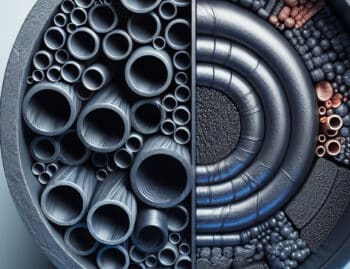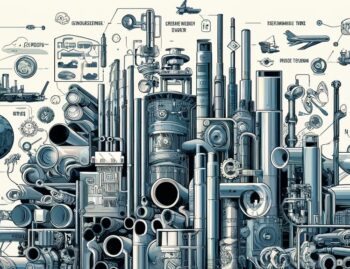The European steel industry is heavy with assets (plants, products, skilled workforce). Even so according to the European Commission in a memo (2013), it is faced with real challenges like low demand, rising production costs, trade bills and reliance on imports. In 2013 the European Commission proposed it was time for a comprehensive plan to be written for steel.
Looking at the Bias
From that point forward there have been factors to step that plan up, the biggest being new legislation in the United States. Have these anti-dumping measurers aided the European Steel industry? According to Market Realist, the Eurozone is only second to China in steel production currently. The World Steel Association shows a 2.1% increase in demand over the last 6 months and projects a 2.8% increase in 2016.
Challenges Being Faced
Following in the footsteps of the US Steel industry, the Eurozone has been filing their own trade cases and imposed anti-dumping duties. High on their hit-list are such products as stainless steel, electrical grade steel and rebar. Another possible risk to all of this is the Eurozone’s situation with Greece. It is important to watch how this may evolve.
Innovation
TaTa Steel’s in the Netherlands will be the test site for 6 month test campaign that the European Union has invested 7.4 million euros in. Steel Times International reports that the experiment will be done to find whether new technology can produce molten iron in a way that is stable over a sustainable length of time. If the technology is shown to be viable and shows possibility to be scaled up, it is a way to create efficiency in resource use while making steel.
The Ta Ta’s CEO Kohler welcomes the support of the European Union and is quite excited about what the experiment could mean for the industry. Already 2 energy intensive protocols (no need to cluster ore into the sinter or to convert coal to coke) have been removed from the process. In the campaign this is the 5th test since the pilot was built in 2010. Koehler is trying for a zero waste, 100 % of material use and recycling of material. If testing continues on at a successful rate, Ta Ta and their investors will push for an industrial size plant at a cost of around 300 million euros. Confidence is high even with the current challenging in economic conditions.
Conclusions
With observers from the European Union leaders to the European Steel Industry, it is clear to see a continued plan fostering growth. By following the United States in trade an anti-dumping cases, the Eurozone is strengthening the industry in their area. The challenges to be watched for in the future are product issues (stainless steel, electrical grade steel and rebar) and the Greek economic crisis. The future looks bright enough when one considers the amount of innovation happening and that it will not only raise shareholder value while improving the community.











